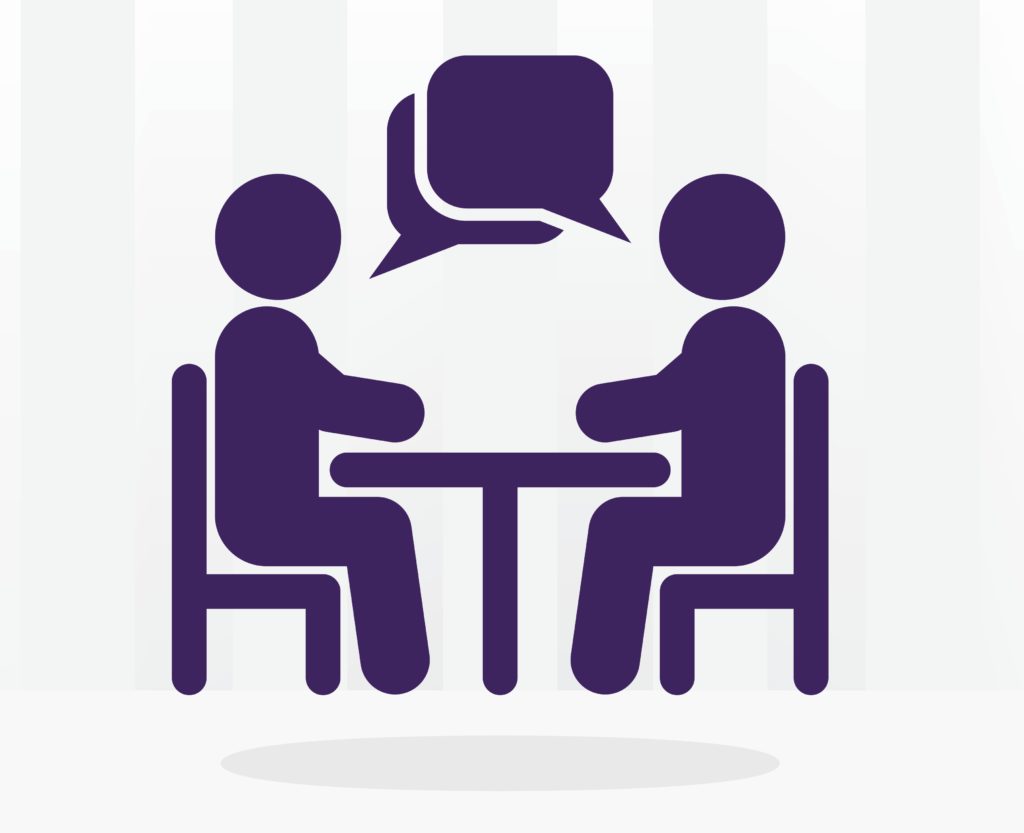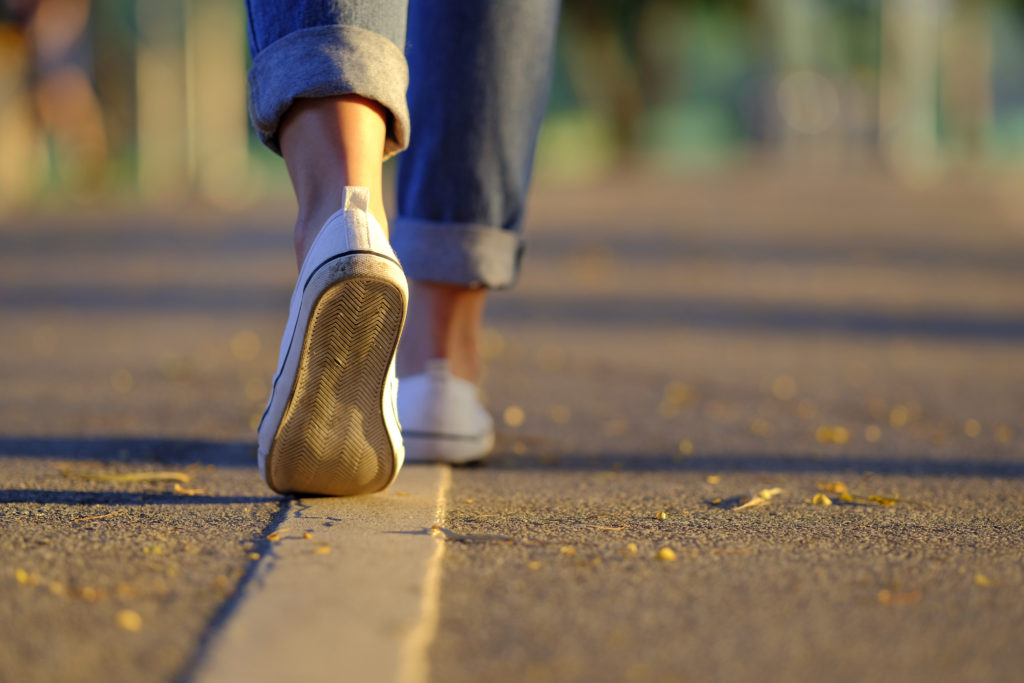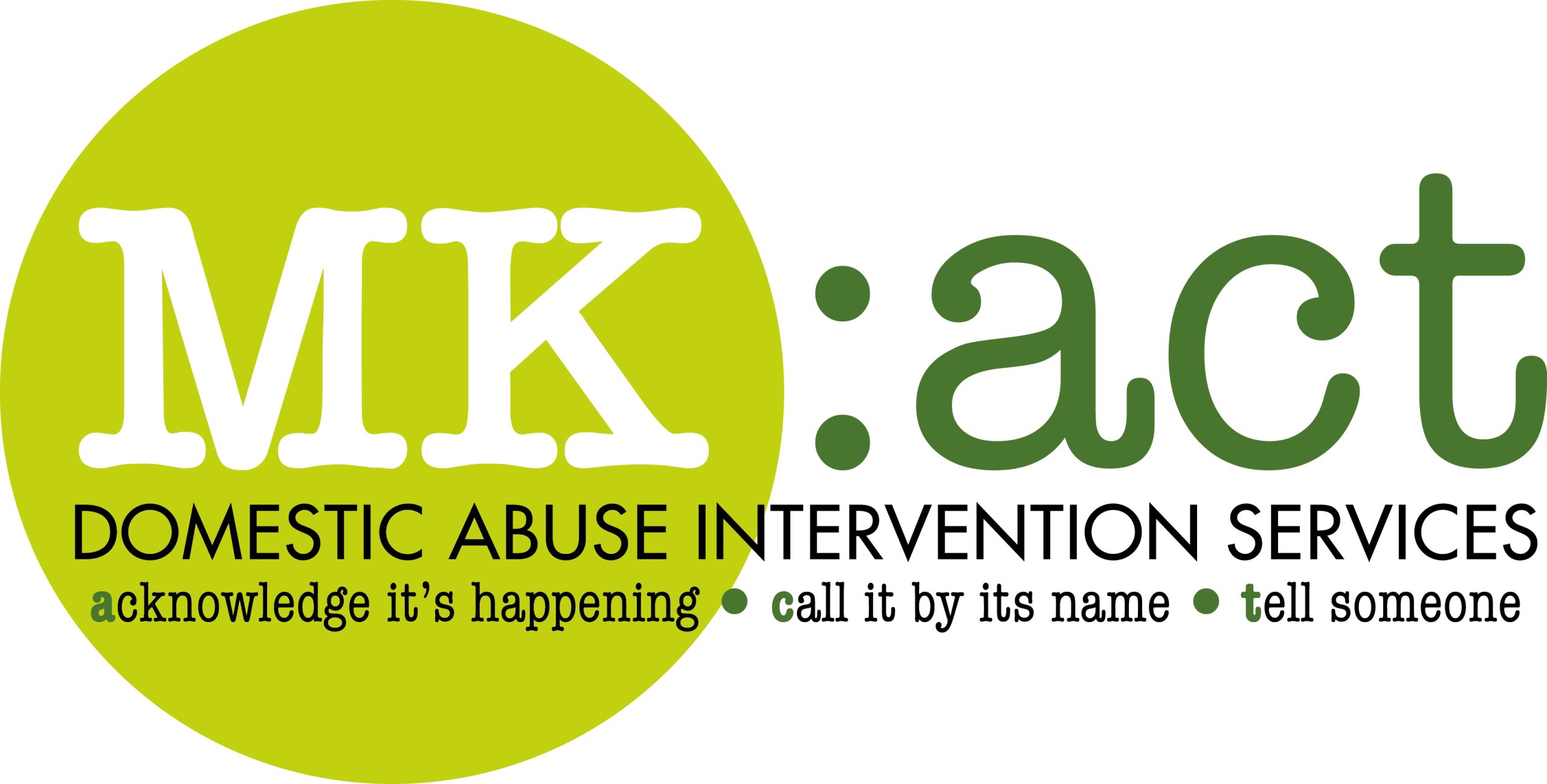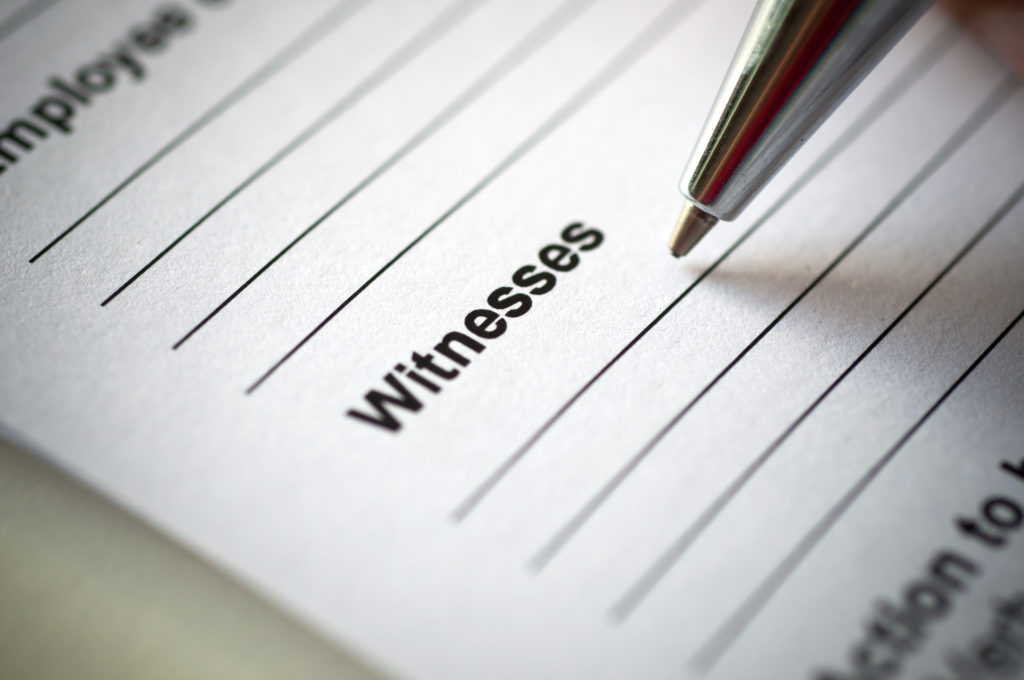Making A Safety Plan
A personal safety plan is a way of helping you to protect yourself and your children. It helps you plan in advance for the possibility of future violence and abuse. It also helps you to think about how you can increase your safety either within the relationship, or if you decide to leave.
You cannot stop your partner’s violence and abuse – only they can do that. But there are things you can do to increase your own and your children’s safety:

Tell Someone
If you are experiencing abuse it is important to tell someone before it gets worse. If what you are experiencing is particularly serious go into your local police station for help or if you or your family are in immediate danger don’t be afraid to call the police on 999.
If you feel you can’t go to the police it is still important to tell someone what is happening to you. This could be a trusted friend or colleague or you can speak to local advice service MK ACT for support.
During an incident of abuse or violence try to get out if you can. If it is safe for you to do so, call 999 for the police. If you can’t get out, stay away from the kitchen, bathroom, garage or other potentially dangerous room. Call for help if you can, your neighbours may hear you and call 999 for you.

Since you know your abuser’s actions and behaviour, you can use this knowledge and build a safety plan. Your plan may include some of the following:
- Practice how you will leave your home safely in an emergency
- Devise a signal or code word that lets family or friends know to call the police
- Teach your children how to call 999
- Tell trusted family or friends what is going on
- Take your children with you or make arrangements to leave them with someone else.
- Arrange to have a safe place to go to
- Keep a small amount of money on you at all times – including change for the phone and for bus fares
- Know where the nearest phone is, and if you have a mobile phone, try to keep it with you
- Prepare a bag of clothes, medication and other essentials for yourself and your children. Hide the bag where you can get to it in a hurry if you have to leave quickly
- Make several copies of important papers and keep one set in the bag (other copies could go to trusted friends or left somewhere safe at work). You will need things such as proof of identity, driving licence, birth certificates, passports, financial/insurance information, benefit books or letters, court orders etc.
- Keep your address book and diary with you
- If you have a car, make an extra set of keys and hide them where you can get to them if you need to.
If you have already left the relationship and are still being harassed:
- Make friends, relatives, neighbours and colleagues aware of what is going on. Tell teachers at your children’s school, so that they are better able to help if you need them to
- Try not to isolate yourself. Work out the safest routes to and from home, school, work, etc. and use them. If you can’t do this try to travel with someone else
- Consider changing the locks and the telephone number and you could reinforce doors and windows.
- If you have moved home or your partner/ex-partner has left your home due to a restraining order, but you are still being harassed at your home, make sure doors and windows are locked, call the police, take pictures of any damage done to your home and keep any abusive letters to show to the police. Make sure you have smoke alarms fitted in your hallway.

Reporting an Incident
When you report an incident(s) of domestic violence or abuse, it is important to give as many of the following details as possible:
- Date, time & place the incident occurred
- What happened (what was said or done, threats made etc)
- Who has abused you and their relationship to you
- Details of anyone who has witnessed the abuse
- Any evidence of the incident (e.g. photographs of damage to you or your property, e-mails, phone calls, letters etc).

